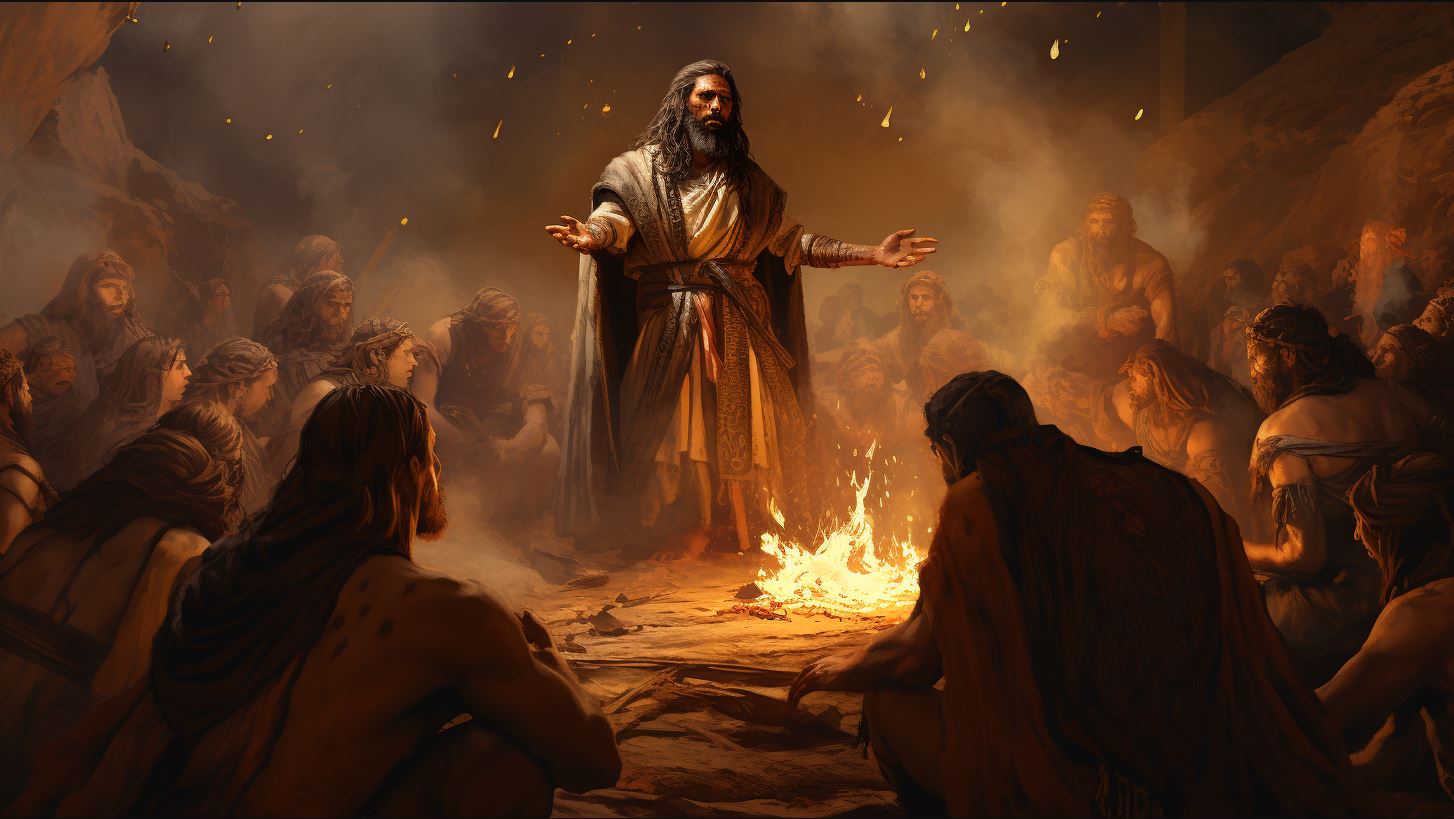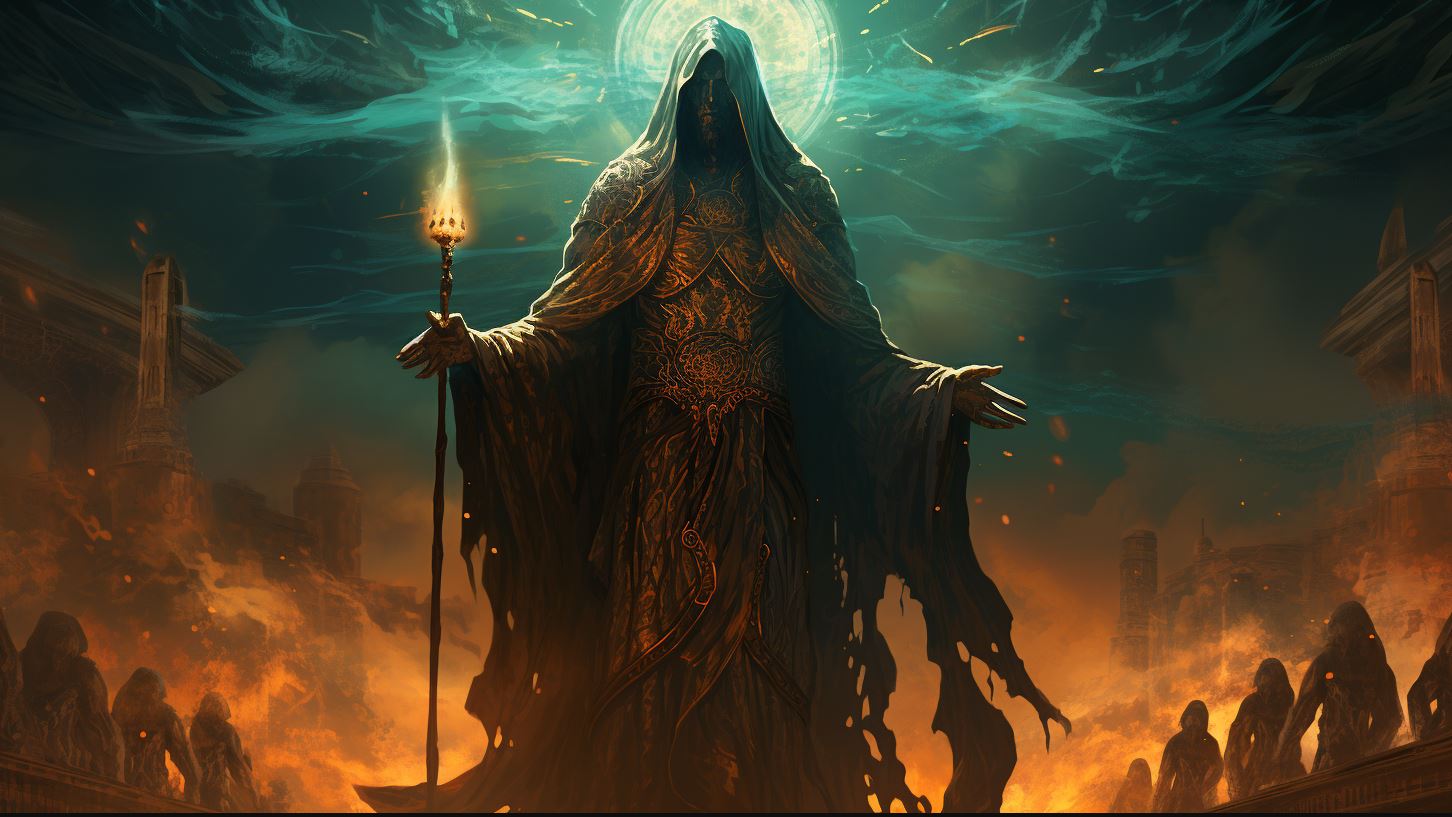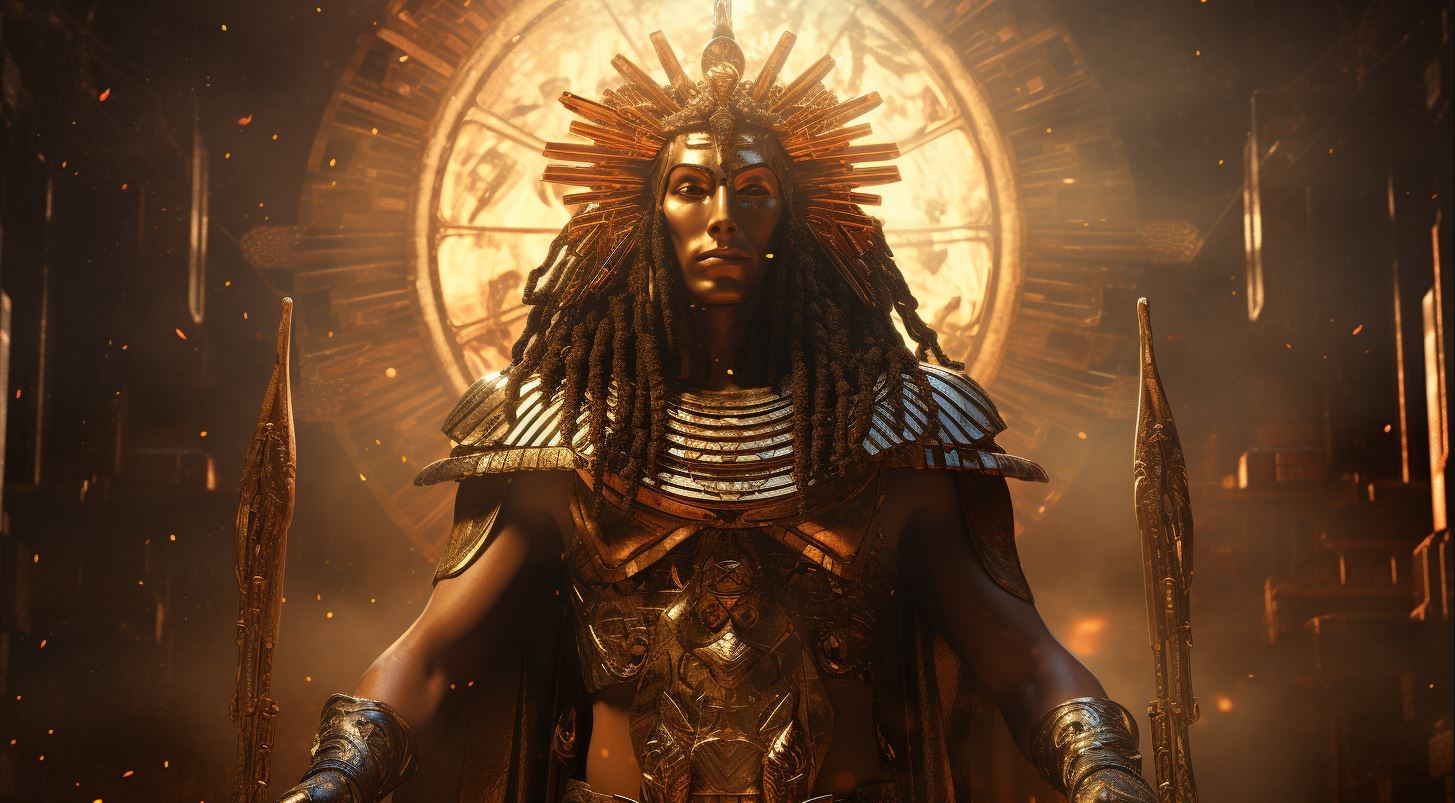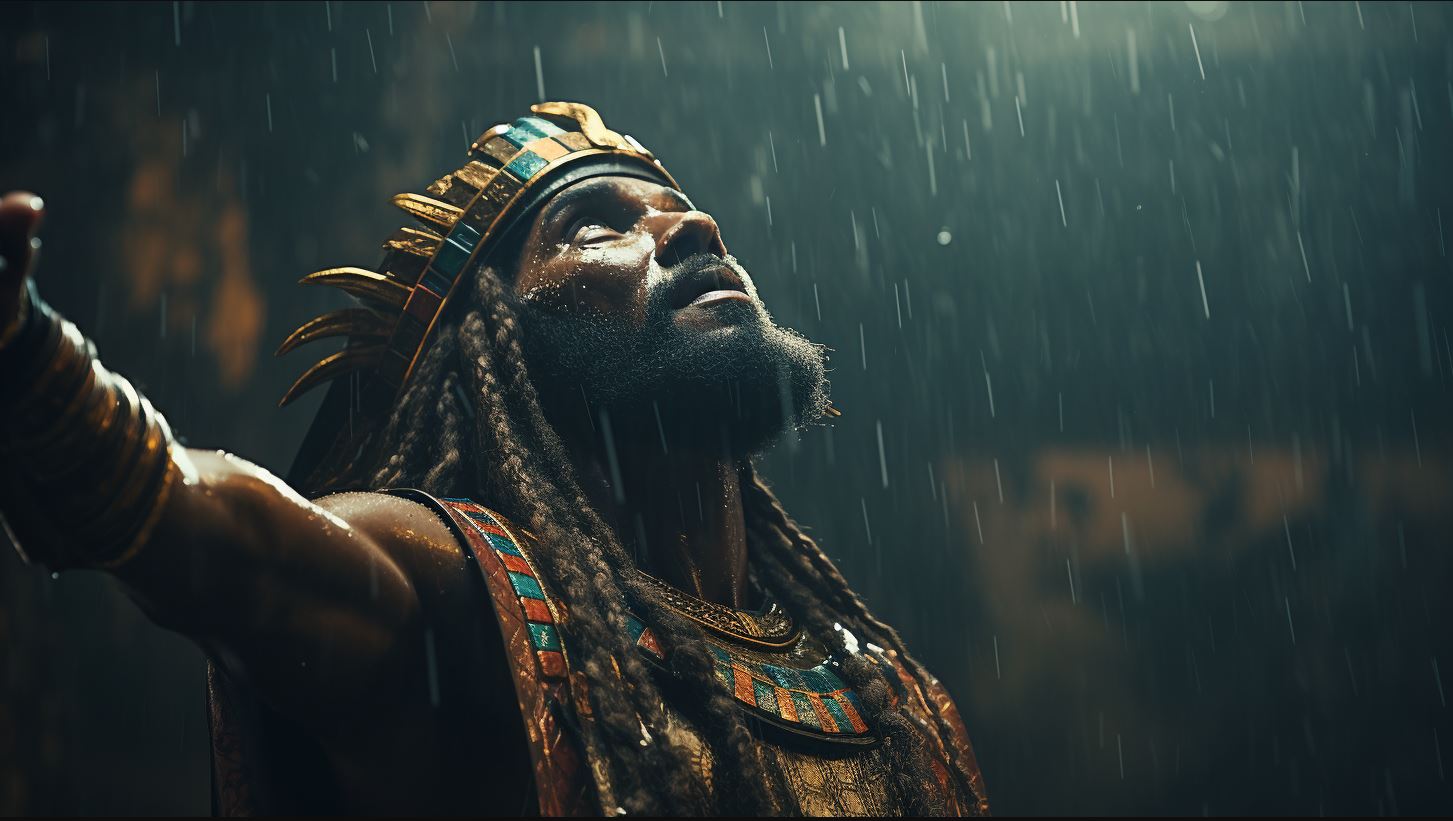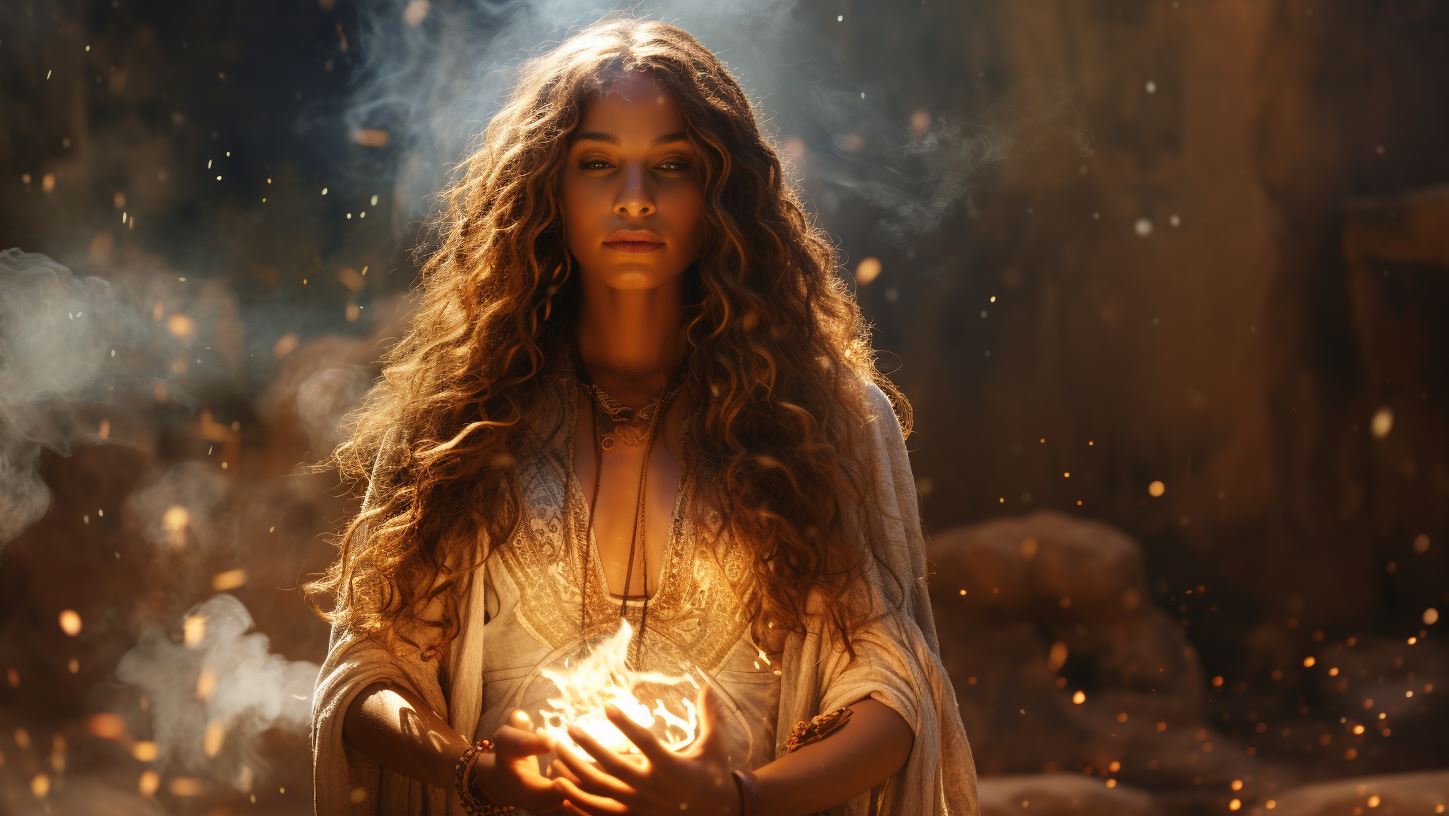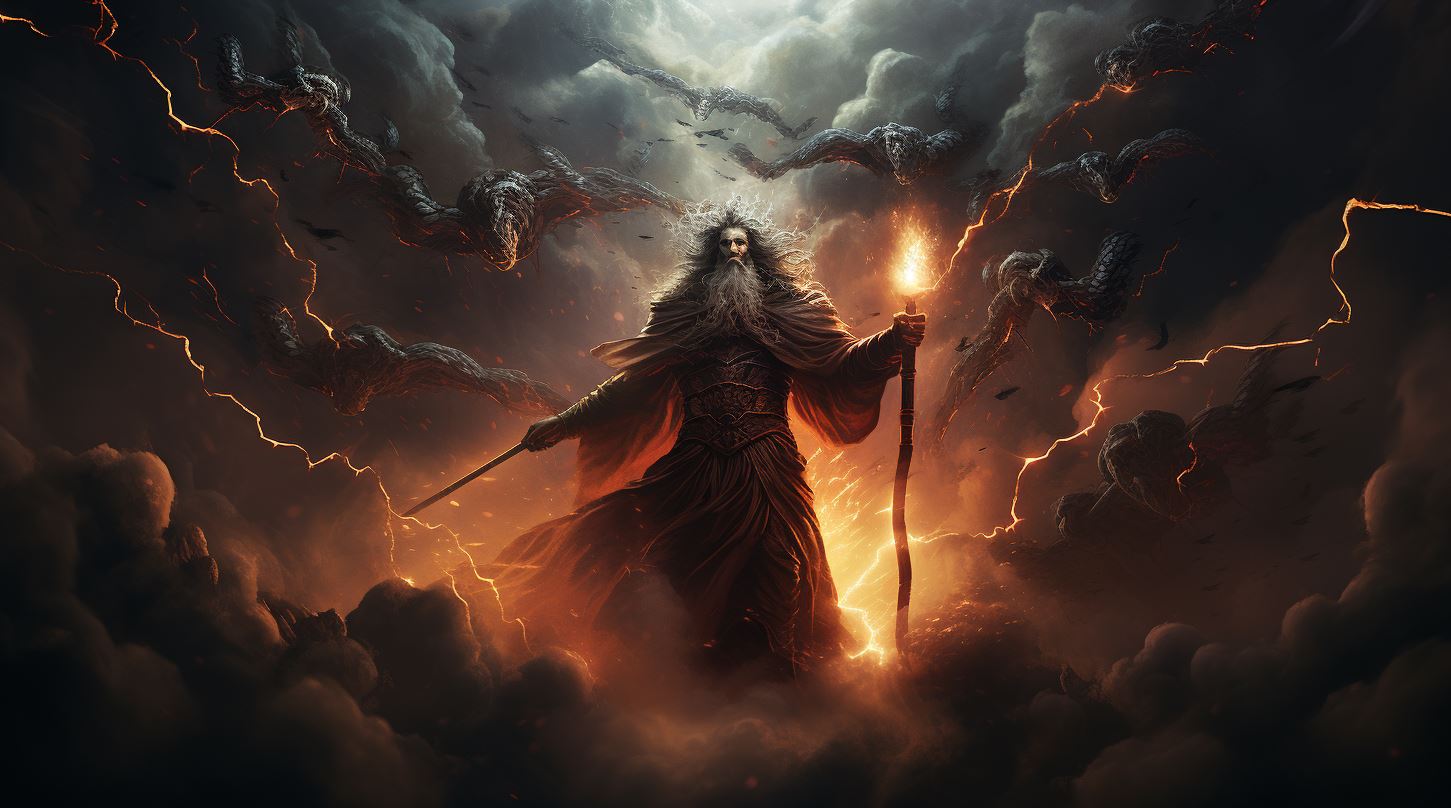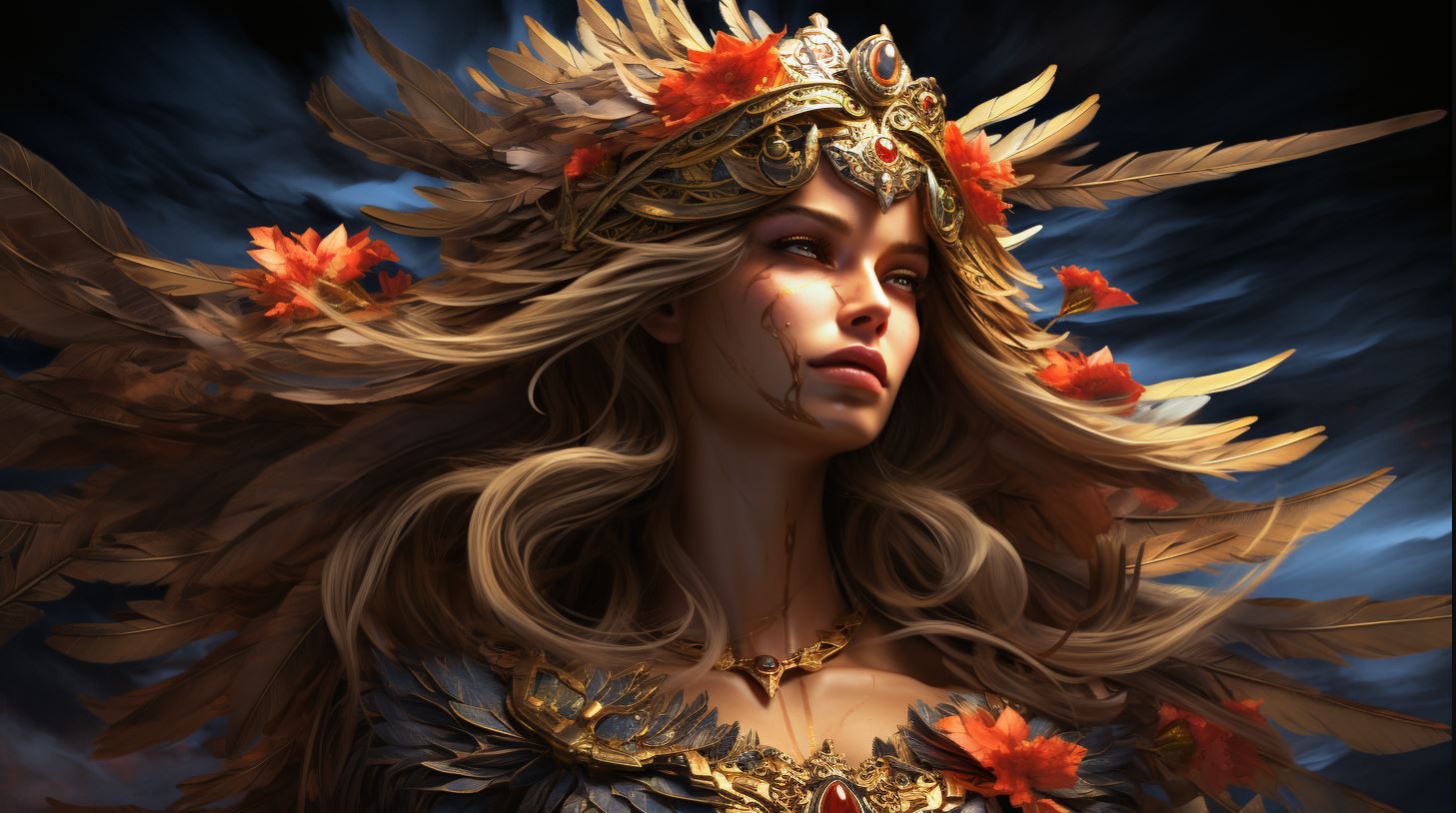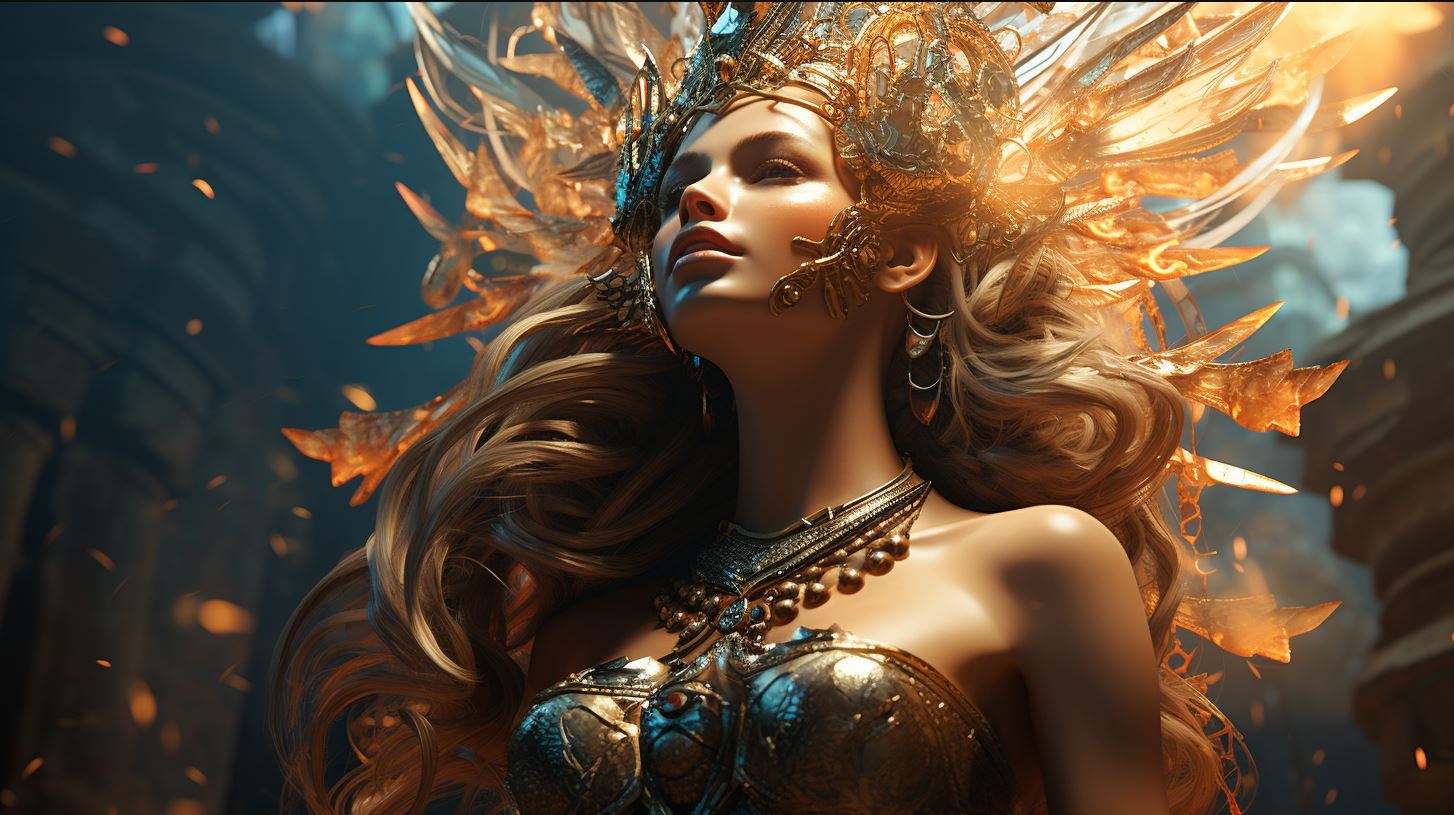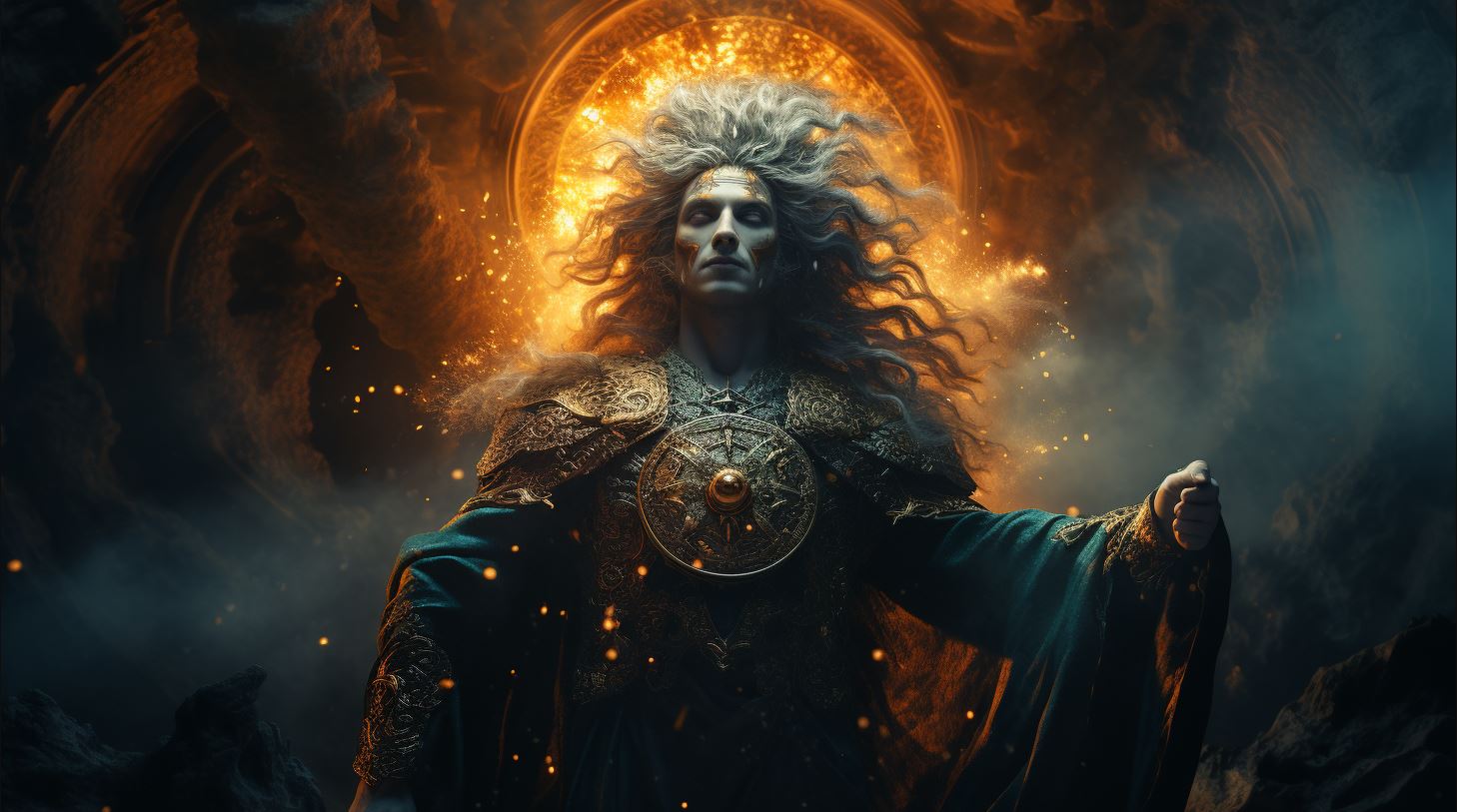Chemosh: The Supreme God of Moab and its Significance
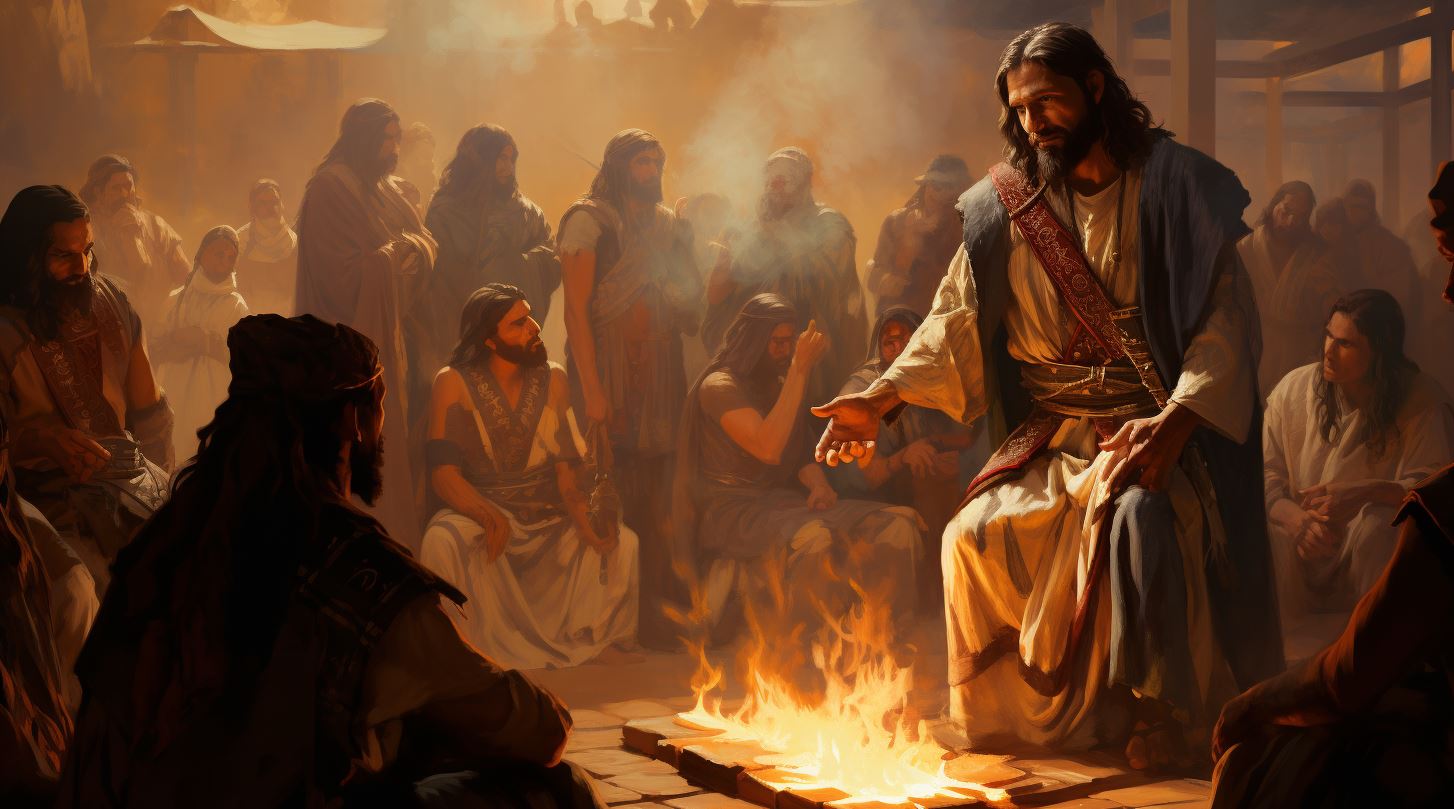
Chemosh, the supreme god of Moab, holds immense historical and religious significance. Worshiped by the Moabites during the Iron Age, Chemosh’s prominence can be traced through Moabite inscriptions and references in the Hebrew Bible.
This deity was closely associated with Astarte, possibly serving as her cult companion. Chemosh symbolized victory in battles against Moab’s adversaries and was revered as the principal god. Rituals honoring Chemosh, including potential human sacrifices, underline the depth of devotion.
Understanding the Moabite language and its connection to Chemosh provides further insights into this ancient religion. The Mesha Stele, a significant artifact, offers valuable depictions of Chemosh worship, enhancing our comprehension of Moabite beliefs.
Chemosh: The Supreme God of Moab
Chemosh, the Supreme God of Moab, holds significant importance in the religious beliefs and history of the Moabite people. This section explores the history of Chemosh worship, his presence in Moabite inscriptions, references to him in the Hebrew Bible, and his relationship with the goddess Astarte.
History of Chemosh Worship
The worship of Chemosh dates back to the Iron Age, where he served as the principal deity of the Moabites.
Historically, Chemosh was revered by the Moabite state and associated with their religious and cultural practices. Evidence suggests that Chemosh worship was prevalent during the 9th century BCE.
Chemosh in Moabite Inscriptions
Moabite inscriptions provide valuable insights into the role and significance of Chemosh.
These inscriptions, found on various artifacts and monuments, attest to the prominence of Chemosh as the primary god of Moab. They shed light on the religious rituals, cultic practices, and devotion offered to Chemosh by the Moabites.
Chemosh in the Hebrew Bible
The Hebrew Bible references Chemosh, often transliterated as “Kemosh,” in relation to the Moabite religion. In biblical texts, Chemosh is mentioned in connection with conflicts between Moab and Israelite kings, highlighting his role as a deity associated with victory in battles.
These biblical references provide additional context for understanding the significance of Chemosh in ancient Moabite society.
Relationship between Chemosh and Astarte
The deity Chemosh shared a significant relationship with the goddess Astarte in Moabite religious beliefs. Astarte likely served as a companion or consort to Chemosh, with both deities holding complementary roles and symbolizing various aspects of Moabite culture.
The association between Chemosh and Astarte showcases the complex nature of Moabite religious practices and their pantheon of gods and goddesses.
The Significance of Chemosh
Chemosh was revered by the Moabites as the god of victory in battles.
The Moabites attributed their military successes to the favor and support of Chemosh. It was believed that by worshiping Chemosh, they would receive divine intervention and triumph over their enemies.
Sacrifices and Rituals Associated with Chemosh
Worship of Chemosh involved various sacrificial rituals that were performed to honor and appease the god.
Some accounts suggest that human sacrifices were made, although the exact extent and frequency of such practices are still debated among scholars. These sacrifices and rituals were seen as offerings to ensure Chemosh’s continued favor and protection.
Chemosh’s Influence on Moabite Society and Culture
The worship of Chemosh played a central role in shaping Moabite society and culture. The Moabites’ devotion to Chemosh influenced their customs, traditions, and religious practices. The god’s influence extended beyond military matters and encompassed aspects such as agriculture, fertility, justice, and social order.
Chemosh’s presence permeated various aspects of Moabite life, highlighting the deep-rooted significance the deity held within their society.
Understanding the significance of Chemosh allows us to comprehend the religious and cultural dynamics of the Moabites, offering valuable insights into the historical and archaeological study of the region and its ancient civilizations.
The Moabite Language and its Connection to Chemosh
The Moabite language, spoken by the ancient Moabites, offers valuable insights into the worship of Chemosh, their supreme god. Understanding the Moabite language helps us comprehend the nuances of their religious practices and beliefs.
Overview of the Moabite Language
The Moabite language, closely related to Hebrew and other Canaanite languages, was primarily written using a script derived from the Phoenician alphabet. It was spoken in the region of Moab, which corresponds to present-day Jordan.
While limited examples of Moabite literary works remain, inscriptions and texts mentioning Chemosh provide significant sources for studying the language.
Inscriptions and Texts mentioning Chemosh
By comparing the Moabite language with other Semitic languages, such as Hebrew, Aramaic, and Ugaritic, linguists can identify linguistic similarities and trace the historical development of Moabite. These comparisons allow for a deeper understanding of the Moabite language’s place within the broader Semitic language family and contribute to interpreting its religious and cultural significance.
In conclusion, the Moabite language serves as a crucial link to unraveling the connections between the Moabite people and their worship of Chemosh. By studying the language, inscriptions, and comparing it with other Semitic languages, we gain valuable insights into the religious practices, rituals, and beliefs of the Moabites in relation to their supreme god, Chemosh.
The Mesha Stele and its Depiction of Chemosh Worship
The Mesha Stele is an ancient artifact that provides valuable insights into the worship of Chemosh by the Moabites. It is a large stone slab inscribed with text detailing the achievements and reign of King Mesha of Moab.
Background of the Mesha Stele
The Mesha Stele dates back to the 9th century BC and was discovered in Dhiban, modern-day Jordan, in 1868. The inscription on the stele describes Mesha’s successful rebellion against the Israelite kingdom and his restoration of Moabite independence.
Analysis of the Inscription and its References to Chemosh
Within the Mesha Stele, Chemosh is prominently mentioned as the Moabite god who assisted Mesha in his military victories against the Israelites. The inscription attributes Moab’s triumphs to Chemosh’s divine favor and intervention.
It highlights the belief that Chemosh was a powerful god who granted success in battles and protected the Moabite people.
The Mesha Stele also mentions the construction of a temple dedicated to Chemosh by Mesha, further emphasizing the significance of this deity in Moabite religion and culture.
The temple served as a place of worship and offering for the Moabites to express their devotion to Chemosh.
Importance of the Mesha Stele in Understanding Moabite Religion
The Mesha Stele is a crucial piece of evidence for understanding Moabite religious practices and their relationship with Chemosh. It provides firsthand accounts of how Chemosh was perceived and worshipped by the Moabites during that time period.
By studying the Mesha Stele, scholars have gained valuable insights into Moabite religious rituals, beliefs, and the role of Chemosh as the supreme god. It has deepened our understanding of the cultural, social, and political significance of Chemosh in the Moabite society of the Iron Age.
- The Mesha Stele offers insights into the role of Chemosh as the god of victory in Moabite battles.
- It sheds light on the construction of a dedicated temple for Chemosh by King Mesha.
- The inscription highlights the belief in Chemosh’s divine intervention and favor towards the Moabite people.
- Studying the Mesha Stele deepens our understanding of Moabite religious practices and the cultural significance of Chemosh.











